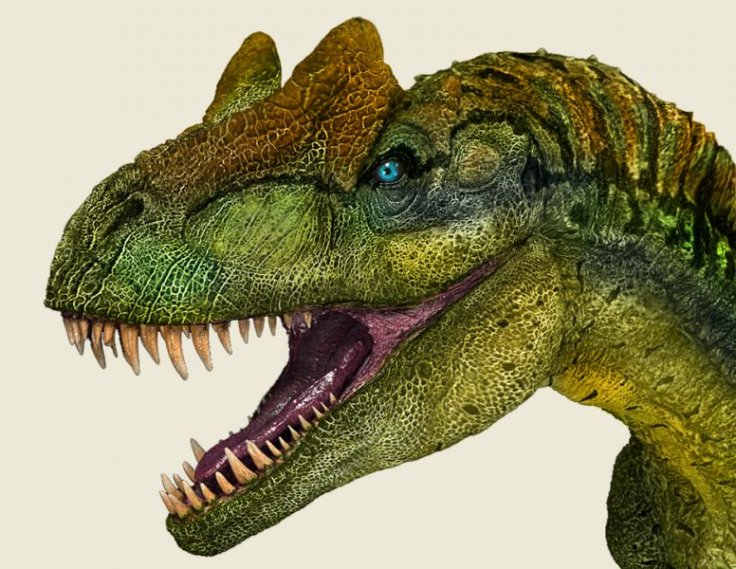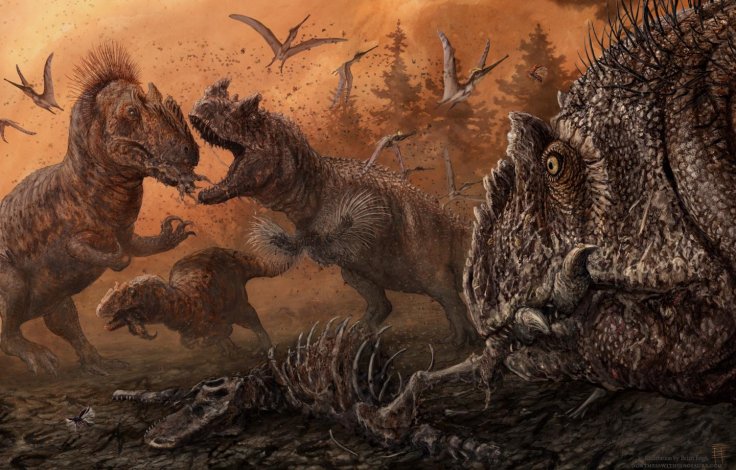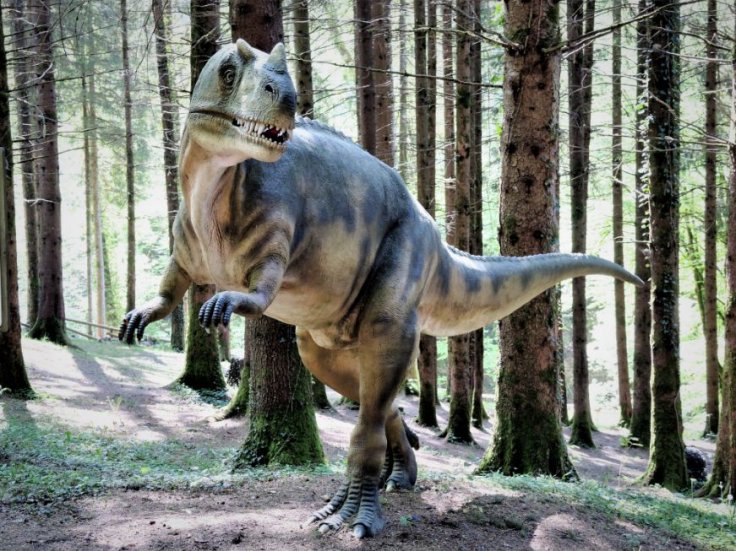Fossilized dinosaur remains give us a peek into what the world of the reptilian marvels may have looked and been like, including their dietary habits. A new study by researchers from the University of Tennessee at Knoxville claims that several large dinosaurs cannibalized on each other depending on circumstances.
According to the study that examined bite marks on bones from the Jurassic Mygatt-Moore Quarry a 152-million-year-old fossil deposit in western Colorado, large theropod dinosaurs such as Ceratosaurus and Allosaurus ate anything that was available to them—including one another.
"Scavenging, and even cannibalism, is pretty common among modern predators. Big theropods, like Allosaurus, probably weren't particularly picky eaters if it meant they got a free meal," said Stephanie Drumheller, lead author of the study.
Finding Bite Marks on Fossilized Bones

For the study, the researchers surveyed over 2,000 bones found at the Mygatt-Moore Quarry with the intention of finding bite marks on them. They found that the bite marks on the bones of gigantic sauropods, which form a significant part of the assemblage, were by theropods.
No Part Of The Body Spared
They discovered bite marks on the thickly scaled and skinned Mymoorapelta, along with bite marks on theropods, especially commonly found remains of Allosaurus. The frequency of such marks was well above the normal rate for sites dominated by dinosaur fossils and amounted to hundreds.
Some of the bites were found on meaty sections of the skeletons, such as the ribs. However, the scientists also found marks on other less desirable parts such as the toes. Thus, it suggests that the ecosystem where the remains were discovered was one where remains of the dinosaurs lay in the landscape for months. This could have given both predators and scavengers a chance at grabbing a bite of the corpses at different periods.

Something Big Made the Bites
It is not clear why the bones found at Mygatt-Moore Quarry had such a high rate of bite marks on them. However, this provided the scientists an opportunity to make the best use of the sheer volume of the samples. For example, they found marks made by serrated teeth of theropods on some of the bones. Attempts to translate the pattern of tooth marks to the body size of the dinosaurs were also made.
"We can't always tell exactly what species were marking up the Mygatt-Moore bones, but we can say many of these marks were made by something big. A few may have been made by theropods larger than any found at the site before," said Domenic D'Amore, co-author of the study.

The Uniqueness of Mygatt-Moore Quarry
The site itself is an unusual one. This is because most of the fossils at Mygatt-Moore Quarry have been excavated by volunteer members of the public. "Mygatt-Moore is such a unique place. Science happens here alongside hands-on STEM education with our dig program and volunteers," illustrated Julia McHugh, co-author of the study.
Researchers have worked alongside volunteers at the Mygatt-Moore Quarry for over 30 years. However, in spite of three decades worth of excavation, new discoveries continue to be made in the lab and field.









